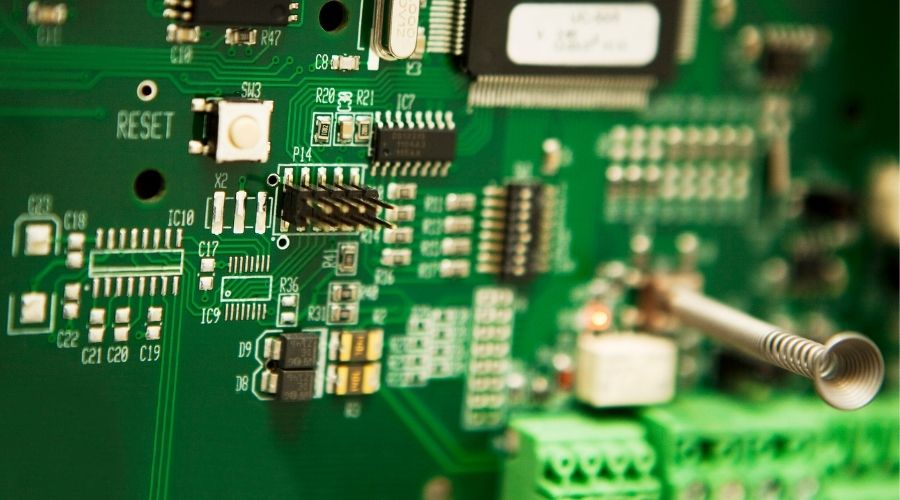
Stuccler Weighing Instruments
Stuccler Weighing Instruments is a professional manufacturer of measuring instruments accredited by the FuJian Municipal Bureau of Quality and Technical Supervision
For electronic balances, the core technology is mainly reflected in two aspects: one is the sensor, and the other is the electronic technology. Among them, the balance sensor can be called the “heart” of the electronic balance, for the balance of the performance of the greatest impact.
At present, the two most common electronic balance sensor technologies on the market are strain gauge sensors and electromagnetic force sensors. Among them, strain gauge sensor electronic balances are less expensive and are commonly used in low-end balances; electromagnetic force sensors have a wider range of applications, from ordinary electronic balances to one-tenth or even one-hundred-thousandth analytical balances. The Stuccler Instruments SENCE series uses electromagnetic force sensors. So, what are the specific differences between these two sensors?
Figure 1: Principle diagram of a strain gauge sensor
The principle of the strain gauge sensor electronic balance weighing relies on the strain gauge affixed to the elastomer of the sensor to feel the weight change. Different weights cause the strain gauge to respond to the deformation, which affects the change in its resistance value, and after processing by amplifiers and digital-to-analogue converters, the resistance signal is changed into a voltage signal to obtain the weight value.
Figure 2: Schematic diagram of an electromagnetic force transducer
The weighing principle of an electromagnetic force sensor electronic balance is that gravity is loaded onto the scale pan and then the connected coil is driven through the lever under the pan in a magnetic field, the coil is energised with an electric current which cuts the magnetic lines of force, thus generating an electromagnetic force which is balanced against gravity and the magnitude of the current is proportional to the weight, after conversion the mass of the object can be calculated.
Due to the different measuring principles, the two types of sensor electronic balance perform somewhat differently in terms of accuracy.
Strain gauge sensors have a limited ability to sense small deformations and therefore cannot achieve particularly high levels of accuracy. Electromagnetic force sensors, on the other hand, have an accuracy range several orders of magnitude higher than strain gauge sensors, from 0.01ug to 1kg.
In terms of stability.
Strain gauge sensor electronic balances generally use open-loop control, the sensor error in addition to the factory to do a certain compensation without feedback links, these open links point of error will have an impact on the system. Therefore the stability is poor.
In addition, the elastomer, strain gauges and adhesive of the strain gauge sensor are susceptible to temperature changes, which can easily cause errors due to temperature changes.
The electromagnetic force sensor balance uses closed-loop control with feedback control of the sensor’s input signal, which reduces the impact of external disturbances on the system and provides greater stability. The electromagnetic force sensor is fitted with a temperature sensor in the magnet, which collects data on temperature changes in real time, forming a closed-loop loop for dynamic temperature correction, and after sufficient preheating, temperature changes have less impact on the weighing value.
Another point is that the strain gauge sensor electronic balance can only be calibrated externally, whereas the electromagnetic force sensor electronic balance can be made into either an external calibration balance or a fully automatic internal calibration balance.
In summary, the strain gauge sensor electronic balance has a certain gap in performance compared to the electromagnetic force sensor electronic balance in terms of accuracy range, stability and calibration, but it is less expensive and more cost effective in situations where accuracy is not required for weighing. You can choose the right product according to the actual situation when choosing an electronic balance.
Stuccler is always your first weighing equipment supplier from China



